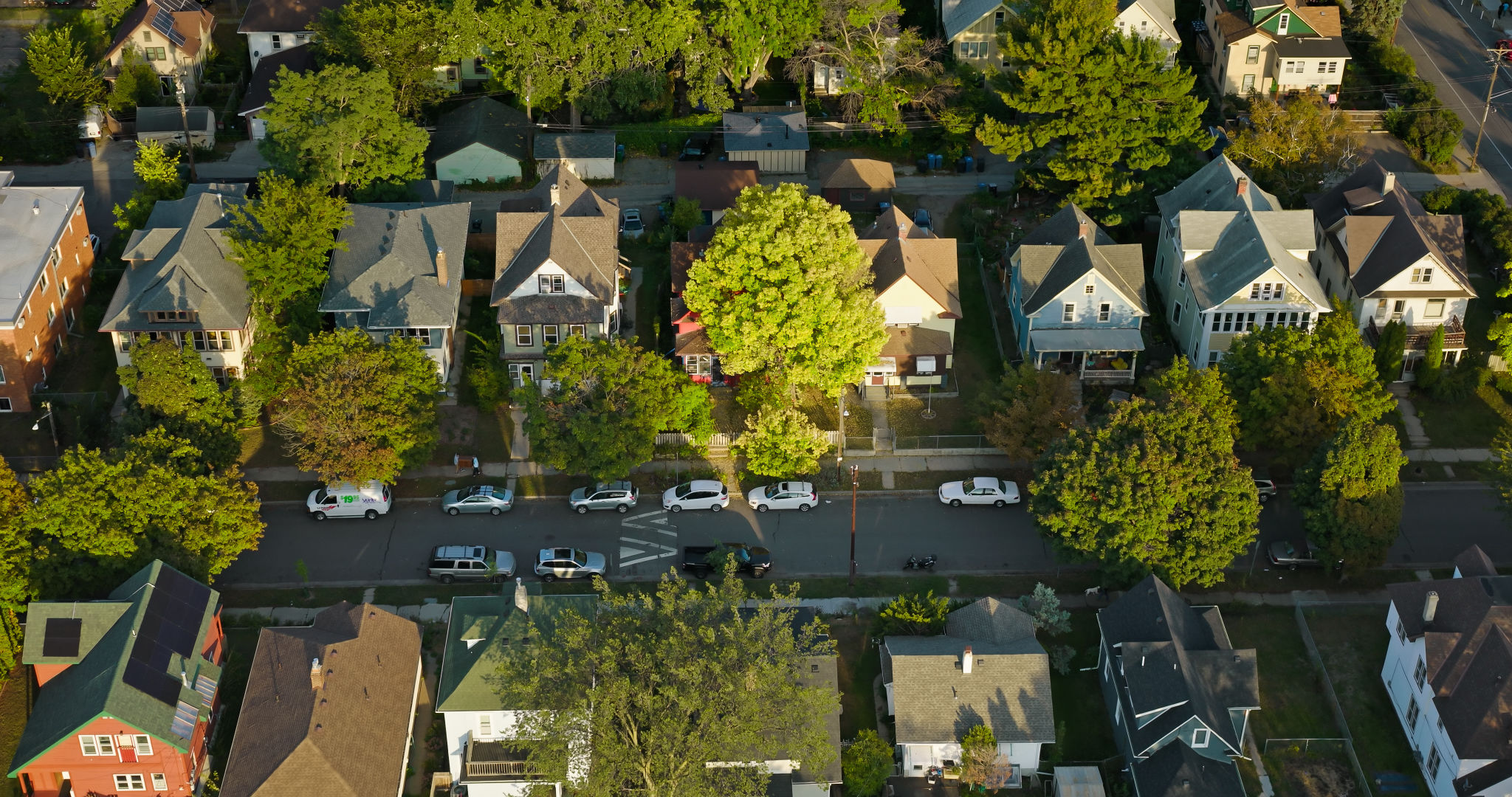How to Prepare Your Drone for Seasonal Weather Changes in Victoria
Understanding Seasonal Weather Changes in Victoria
Victoria, known for its diverse and often unpredictable weather patterns, requires drone enthusiasts to be vigilant. From hot summers to cool, wet winters, each season presents unique challenges. It's crucial to understand these changes to ensure your drone is always ready for flight.
In summer, temperatures can soar, leading to potential overheating of drone components. Conversely, winter brings cooler temperatures and higher chances of rain, which can impact battery performance and electronics. Staying aware of these seasonal shifts is the first step in preparing your drone for safe and optimal operation.

Inspecting and Maintaining Your Drone
Regular maintenance is key in preparing your drone for seasonal changes. Start by conducting a thorough inspection of your drone. Check the propellers for any signs of wear and tear, as these can be exacerbated by harsh weather conditions. Ensure all screws and fittings are secure to prevent mid-flight issues.
Battery care is another critical aspect. In colder months, batteries may drain faster, so monitor their health closely. Store them in a cool, dry place, and charge them fully before flights. During warmer months, avoid leaving batteries in direct sunlight to prevent overheating.

Weather-Proofing Your Equipment
Investing in weather-resistant accessories can make a significant difference. Protective cases and covers can shield your drone from rain and dust, while landing pads provide a clean surface free from moisture and debris.
Consider using propeller guards to protect against strong winds, which are more prevalent in certain seasons. These guards can help maintain stability during flights, reducing the risk of damage during takeoff or landing.

Planning Your Flights
Seasonal weather changes demand careful flight planning. Always check the weather forecast before heading out. Avoid flying in extreme conditions like heavy rain or high winds, as these can severely impact drone performance and safety.
When planning your flight paths, consider areas that offer some shelter from the elements, such as tree lines or buildings. This strategy not only protects your drone but also ensures you capture the best possible footage without weather interference.

Adapting to Light Conditions
Seasonal changes also affect lighting conditions. In winter, shorter daylight hours and overcast skies can impact visibility. Equip your drone with LED lights to enhance visibility during these times.
In contrast, summer provides longer daylight hours but harsher sunlight. Use neutral density filters on your camera to reduce glare and capture clearer images. Adapting to these lighting changes ensures you achieve high-quality footage year-round.
- Inspect propellers regularly
- Monitor battery health
- Invest in weather-resistant accessories
- Plan flights around weather conditions
- Adapt to changing light conditions
Conclusion
By understanding and adapting to seasonal weather changes in Victoria, you can ensure your drone remains in peak condition regardless of the time of year. Through regular maintenance, strategic planning, and the right equipment, you can enjoy seamless and safe flights while capturing stunning footage across this beautiful region.
